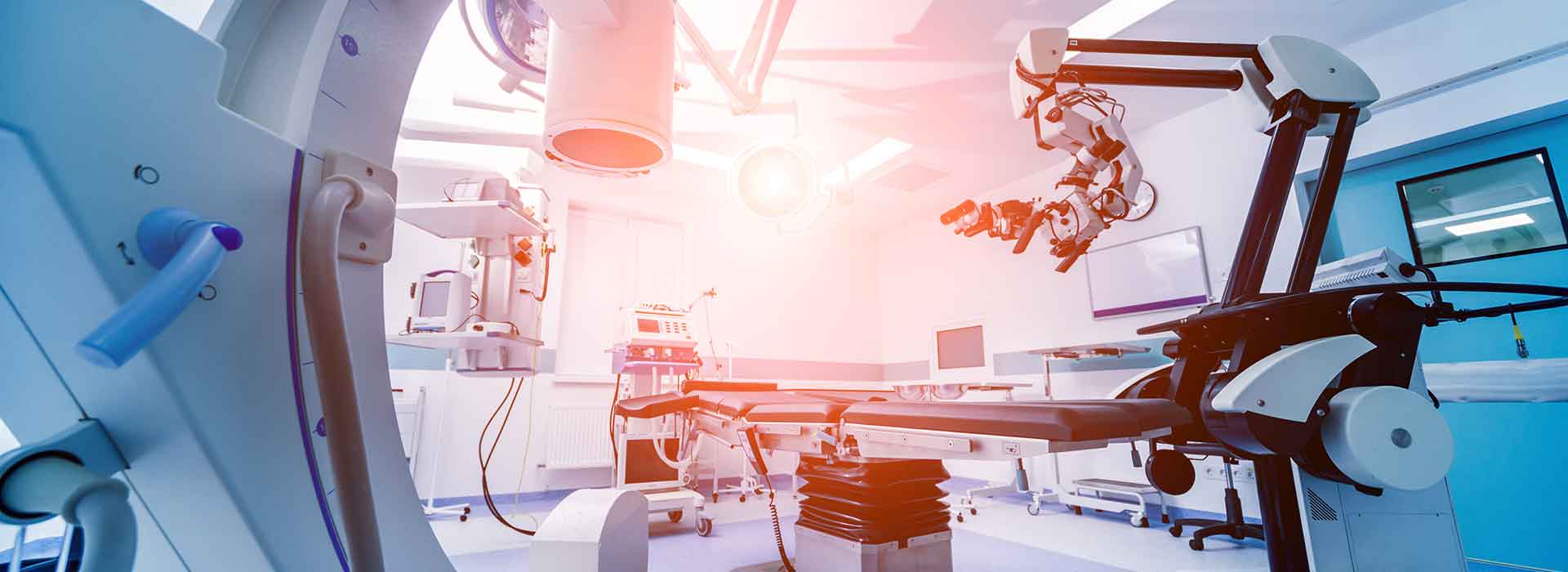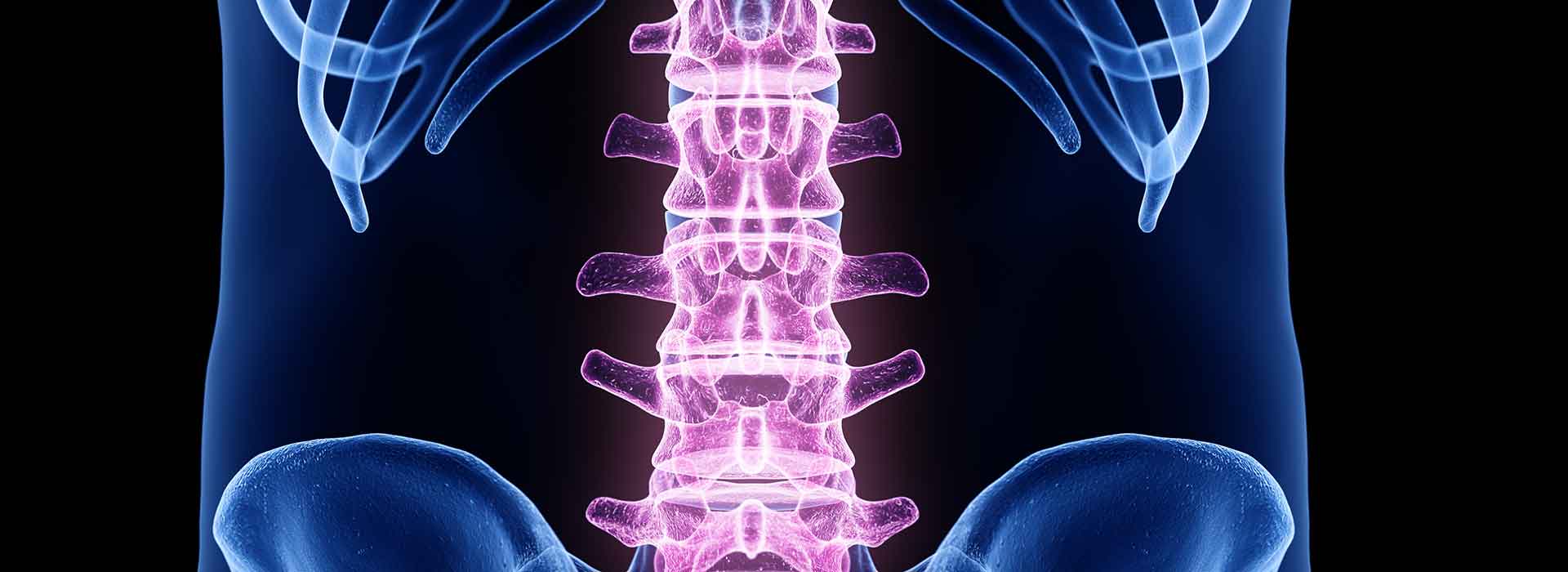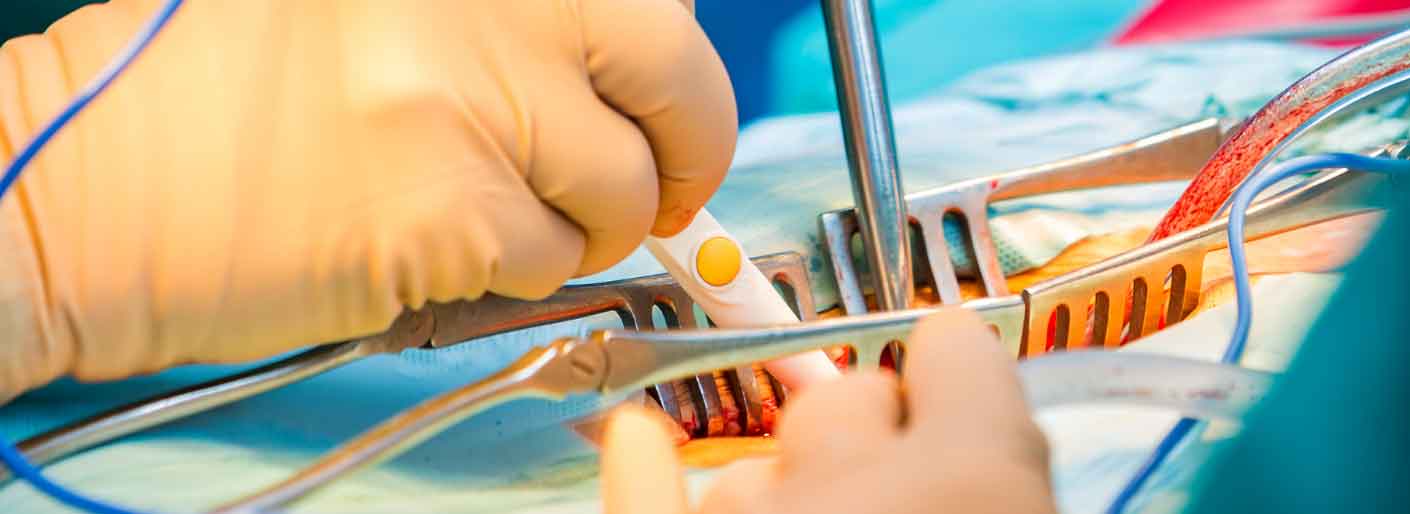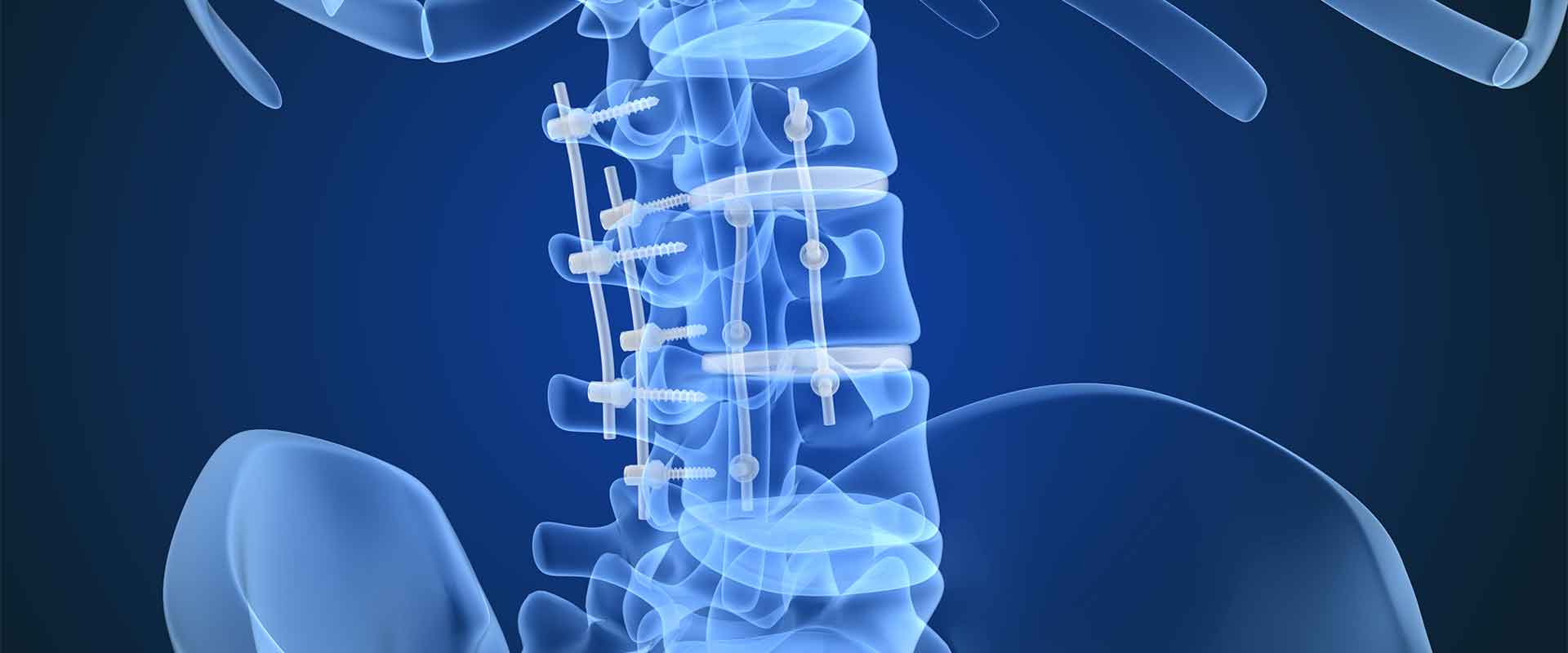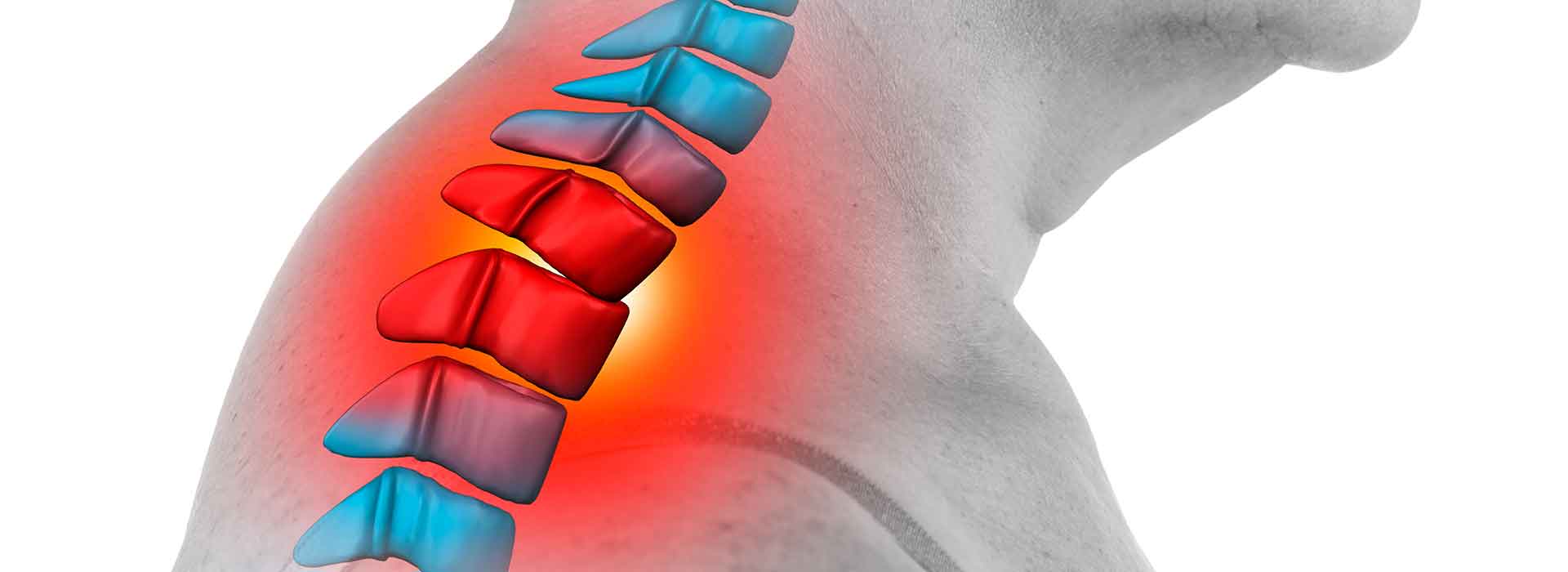Why is PEEK ideal for a spinal implant?
Spinal implants are a highly efficacious line of treatment when more conservative options don’t provide needed relief. Once considered an aggressive option, spinal implants have evolved to the point where they are reliable, long lasting, and generally free of complications. They have been made more versatile as well and can mitigate an array of medical conditions, including spondylolisthesis, scoliosis, arthritis, and physical trauma, like fractures or herniated discs. These conditions are characterized by chronic pain, which can often be debilitating. A spinal implant can restore quality of life in patients plagued with this pain and are an essential part of a long-term treatment plan.
Today’s implants perform better and are suited for long-term use compared to previous models. Much of this progress has been driven by improved material engineering, and particularly with the adoption of high-performance polymers, more specifically PEEK polymer. PEEK implants first hit the market in the early 2000s and were rapidly developed from there. The first PEEK spinal implant was a spinal cage, and though this is still the most popular form of PEEK implant, the material can be machined or molded into plates and rods as well. PEEK is quickly gaining traction in minimally invasive surgical procedures, which is a major foray into safer spinal treatment options.
To an extent, in the past few years a debate has developed between titanium and PEEK implant materials. Neither side has the consensus approval of medical professionals, but PEEK’s long-term viability is indisputable. As material engineering improves further, PEEK will continue to be innovative.
Why choose PEEK for a spinal implant?
Spinal implants must meet an exhaustive list of demands. Given their proximity to delicate nerve tissue and intricately articulated bone, they have to be finely designed. Fortunately, PEEK is perfect for this environment and is ideal for several reasons, including:
- Functions much like bone – Perhaps the most important medical feature associated with PEEK is its modulus, which is closer to bone than what any other implant material can claim. PEEK’s bone-like modulus ensures that the implant behaves predictably once implanted. Predictability is an essential trait in any spinal treatment, as things can quickly deteriorate if the spine is adversely affected by a particular procedure. In short, medical professionals know how PEEK will behave once implanted. An important secondary effect is that PEEK will reduce stress shielding. Stress shielding occurs in response to an implant that bears too much force. This encourages the body to weaken bone density in nearby bone, as it is no longer responsible for providing support. By keeping stress shielding to a minimum, PEEK implants ensure that neighboring bones remain healthy.
- Invisible during imaging – Following the first generation of PEEK spinal implants, the first point of design emphasis was creating a component that would not show up on imaging technology. In 2007, a low opacity version of PEEK was introduced. It provides radiopacity during X-ray, MRI and CT imaging procedures, so doctors can see the positioning of the implant following surgery. Frequent imaging is paramount following spinal implantation, largely to verify the implant’s position and integrity in the body. Without clear imaging, the doctor is effectively assessing the patient blindly. As such, PEEK’s transparency is a valued trait.
- Comprehensive biocompatibility – Finding an implant material that remains inert and nontoxic in the body can be difficult. Titanium has earned its place in medicine as a primary implant material precisely for this reason, because it is safe. PEEK also offers superior biocompatibility and has been studied since it was first implanted in patients. Those studies have found no indication that PEEK is cytotoxic or reactive to anything in the body. As an added bonus, in articulating, or wear applications, PEEK implants generate far less and better-sized wear debris or particles than metal implants.
- Superior physical properties – Aside from its bone-like modulus, PEEK offers excellent flexibility. This flexibility is essential for proper function around constantly articulating vertebrae. Because it can bend and flex with the spinal column, PEEK is also seeing use in interspinous spacers, as well as plates and rods. Implants with pedicle-based rods in particular, have to bend and move with the spinal column. PEEK is fit for this role and can help stabilize the spine while moving with it. PEEK can also be filled with Carbon Fiber for added reinforcement. This makes PEEK much stiffer, and though this added stiffness is not always desired, it does make for an excellent load-bearing material in some spinal procedures, including disc arthroplasty.
- Fabrication flexibility – PEEK can either be machined, with the assistance of computer-aided design (CAD) and computer-aiding machining (CAM), or injection molded. Both methods bring their own advantages to the task, and they can be employed in tandem to maximize component quantity and quality. With CAD and CAM, incredibly intricate component designs can be realized, with complex shapes, surface designs and a variety of sizes. This can be accomplished with extremely tight tolerances, so every component will be sized properly. CAD and CAM are ideal when a custom component is needed, which is often the case in medicine. Injection molding is the choice when component quantity is essential. With injection molding, it’s possible to fabricate thousands of high-quality, complex components in a single production campaign. Injection molding makes sense for components that see heavy use, such as surgical screws. When used in conjunction with CAD and CAM, medical facilities can optimize their investment without sacrificing component quality.
A PEEK spinal implant represents one of the most advanced form of spinal implant technology, and research is only beginning into what the material can do in this area. Antimicrobial properties, porous designs for added osteoconductivity, and versions of PEEK augmented with hydroxyapatite, also for added osteoconductivity, are all in development and/or have been commercialized recently. The future for PEEK spinal implant components is bright.


